They grow all over the body, get cut, coiffed, styled, removed, loved and hated: hair. Hair has a function that is not entirely unimportant. Since the hair is perceived as unsightly on most parts of the body, it is often subject to the current fashion dictates.
What is hair

Hair is, by definition, part of the skin; strictly speaking, like fingernails and toenails, it is an appendage. The visible, i.e. emerging from the skin hair is dead tissue.
The hair root from which the hair grows is located in the dermis, i.e. in a middle or lower layer of the human skin. The hair grows through the skin to the surface.
Hair consists mainly of keratin and grows all over the skin, but not on the mucous membranes, nor on the palms of the hands or the soles of the feet, nor on the lips and nipples.
Anatomy & structure
As mentioned earlier, this is hair a horny thread made of keratin that is formed in the hair follicle. The hair consists of three layers, an outer cuticle, a fiber layer (cortex), which forms the basic substance of the hair, and the medulla.
The hair is anchored in the dermis with the hair root. Hair is of different thickness. While a single hair on the head is about 0.05 mm thick, the fine hairs on the body are much thinner, especially in women. Pubic hair, armpit hair and eyebrows, on the other hand, are about as thick as the hair on the head.
Once the hair has reached a certain age, it falls out by itself; with scalp hair, this is the case after about 2-6 years. Contrary to popular belief, hair grows from the root, not the tip. Hair does not grow back after cutting or shaving either, this is subjective.
Function & tasks
The functions and tasks of the Hair date back to the Stone Age, when man still wore fur. Today humans no longer need fur, but hair still has a purpose.
If, for example, people are cold, their hair still stands up (goose bumps) to protect the skin from the cold. The eyebrows still protect the eyes from sweat that runs from the forehead into the face (in Stone Age people the bulge above the eye was even more pronounced). Hair transports sweat and sebum to the surface of the skin in order to cool the skin in the heat, and regular sweating and the secretion of sebum are part of natural skin care.
In addition, both armpit hair and pubic hair are carriers of odorous and sexual substances that humans secrete. Most of the time, however, this hair is removed for fashion reasons. From a psychological point of view, the hair on the head represents an important function in self-realization and also in human sexuality.
Today, many people find their natural hair unsightly and try to remove it permanently by all means, including with the help of laser therapy. However, the natural body hair is not harmful.
You can find your medication here
➔ Medication for hair loss and baldnessIllnesses & ailments
There are some diseases pertaining to hair can occur in humans. The most well-known hair disease is hair loss (alopecia).
While hair loss in men is usually part of the natural aging process with advancing age, hair can also fall out very suddenly due to illness. This can have a variety of causes, a medical examination is absolutely necessary, because hair loss can also be a side effect of serious illnesses. A loss of up to 100 hairs a day is quite normal and harmless.
Excessive body hair can also occur; it is mostly due to the disease in women. There may be hormonal disorders that lead to excessive male hair growth and may require hormone therapy. Hair can grow into the skin and become infected, and the hair roots can become infected (e.g. boils, carbuncles).
Diseases related to the hair always start from the hair root, since the hair itself is dead tissue (skin appendages). There are no diseases of the hair itself.

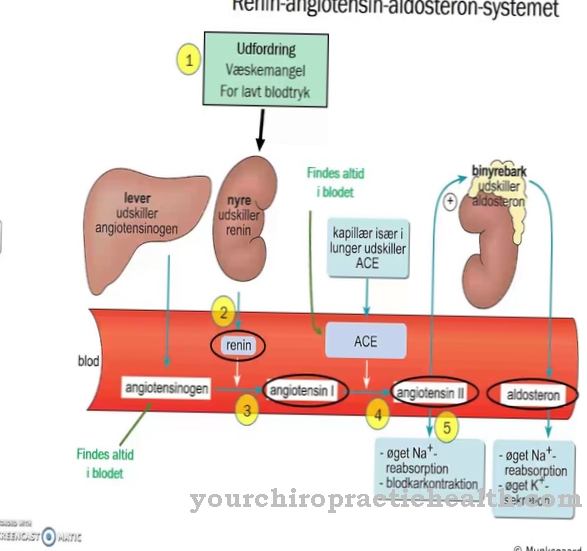

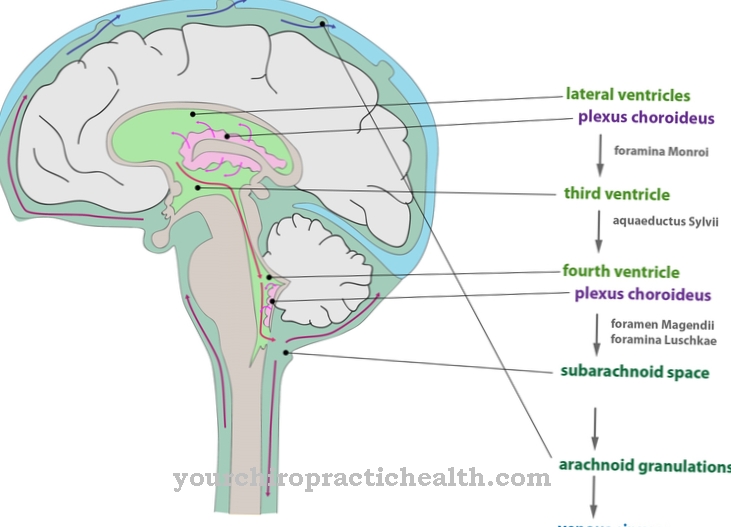
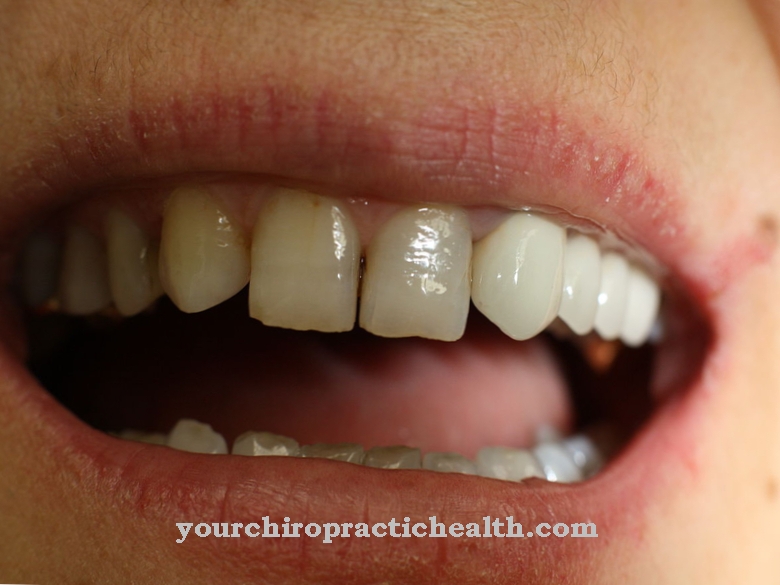
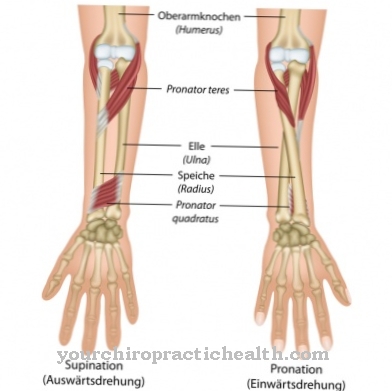
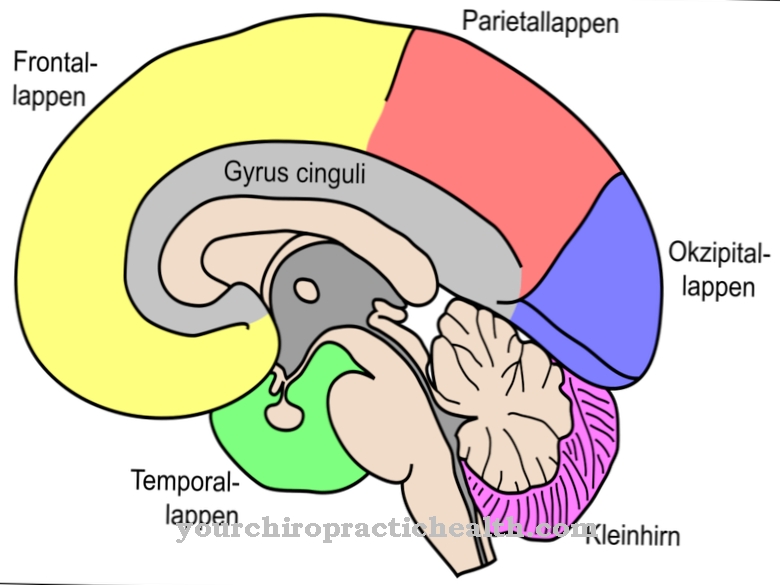






.jpg)

.jpg)
.jpg)











.jpg)